Northern states held various fairs and expositions during and after the Civil War. Part of a larger phenomenon, such national and international events took place in Europe and the United States and highlighted the artistic, cultural, educational, and technological achievements of a particular city or nation. During this time, Indianapolis did not attract large-scale national and international expositions like some of its Midwestern neighbors (e.g., for example, the 1893 World’s Columbian Exposition in Chicago and the 1904 Louisiana Purchase Exposition in St. Louis), in part because of inadequate facilities. Nevertheless, various local expositions held throughout the city drew large crowds.
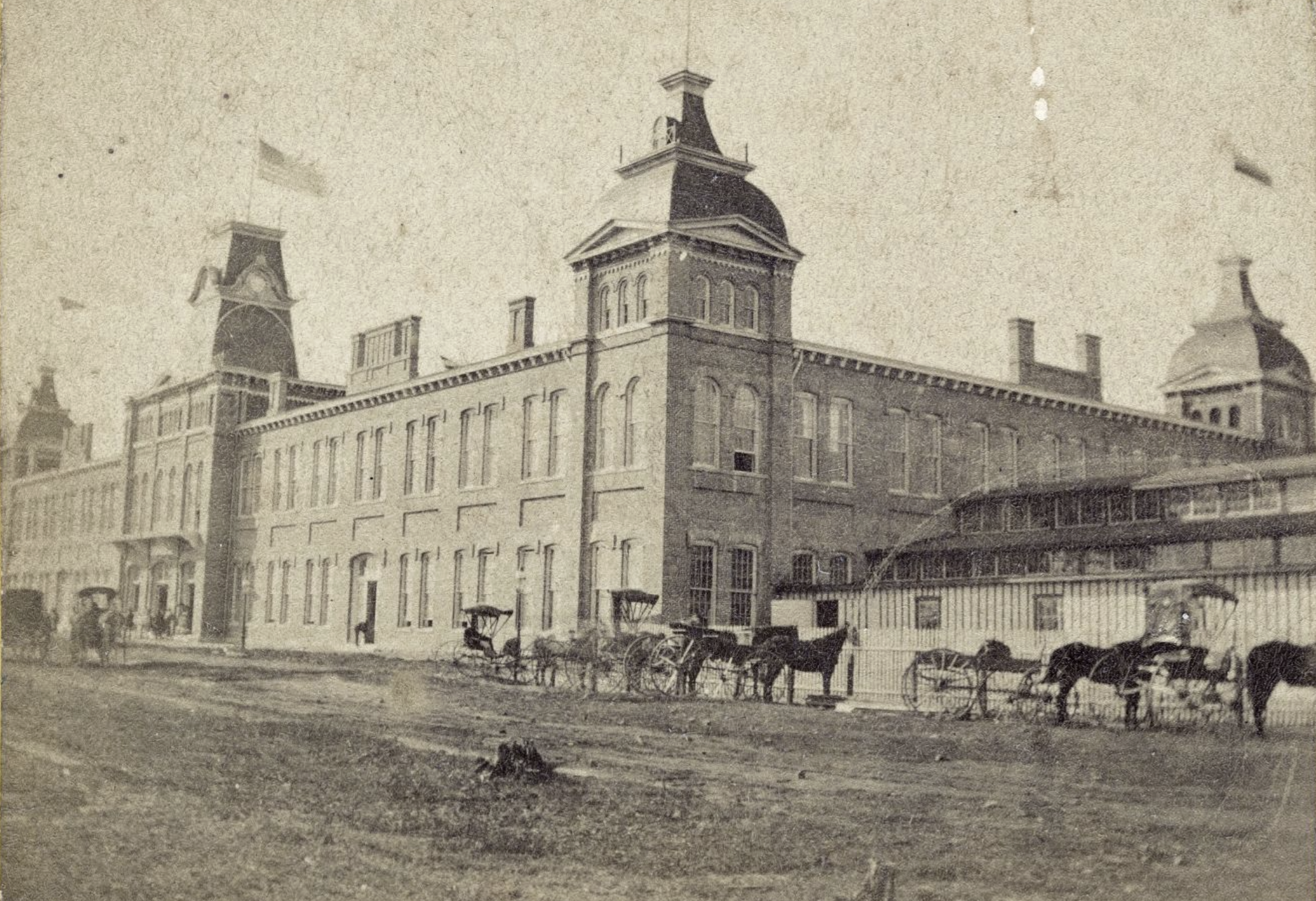
Shortly after the Civil War, in 1867, the Indianapolis , a German singing club hosted the North American Saengerbund’s 15th National Saengerfest, a four-day event that consisted of three concerts, a parade, a grand ball, and a picnic. The Saengerbund, a federation of German singing societies, regularly held such choral festivals throughout the Midwest. The Maennerchor hosted the event again in 1908.
In 1873, the Indiana State Fairgrounds site at opened its Exhibition Hall. Architect designed this new facility, which allowed for larger fairs and expositions to take place in the city.
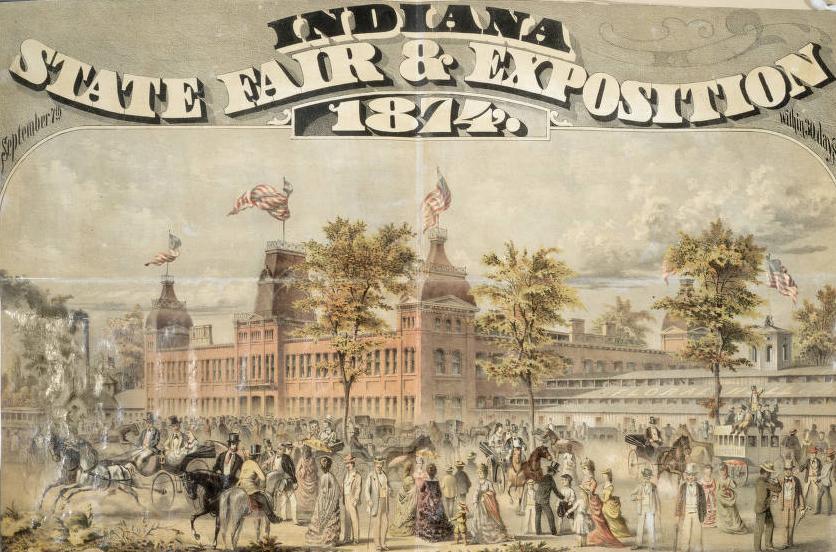
The first event held at this venue was the 1873 and Exposition. Running one month from September 10 to October 10, this show was much larger than the previous state fairs of the 1850s and 1860s.
In addition to traditional agricultural and manufacturing exhibits, this exposition also highlighted artistic achievements. The second floor of Exposition Hall, for instance, featured an art gallery with works by local, national, and international artists.
Of special note was famed sculptor John Rogers’ display of plaster statuary groups, which had first gained fame at the Sanitary Commission’s Cosmopolitan Bazaar in Chicago during the Civil War. Indianapolis sculptor decided to become a sculptor after seeing Rogers’ work and drew inspiration from him, as seen in Mahoney’s bronze statues of Governor James Whitcomb (1893), General William Henry Harrison (1895), and General George Rogers Clark (1898) on the Soldiers and Sailors Monument.
Along with the indiana state fair, numerous occurred during this time as well. The Indianapolis Commercial Club, the forerunner of the , organized such events to promote local industry and civic pride. One of the earliest shows was the 1890 , which the Commercial Club put together to showcase scientific paving methods that could be used to improve Indianapolis’ streets. It attracted street paving firms and manufacturers from around the nation. It was the first such exposition held in the U.S.
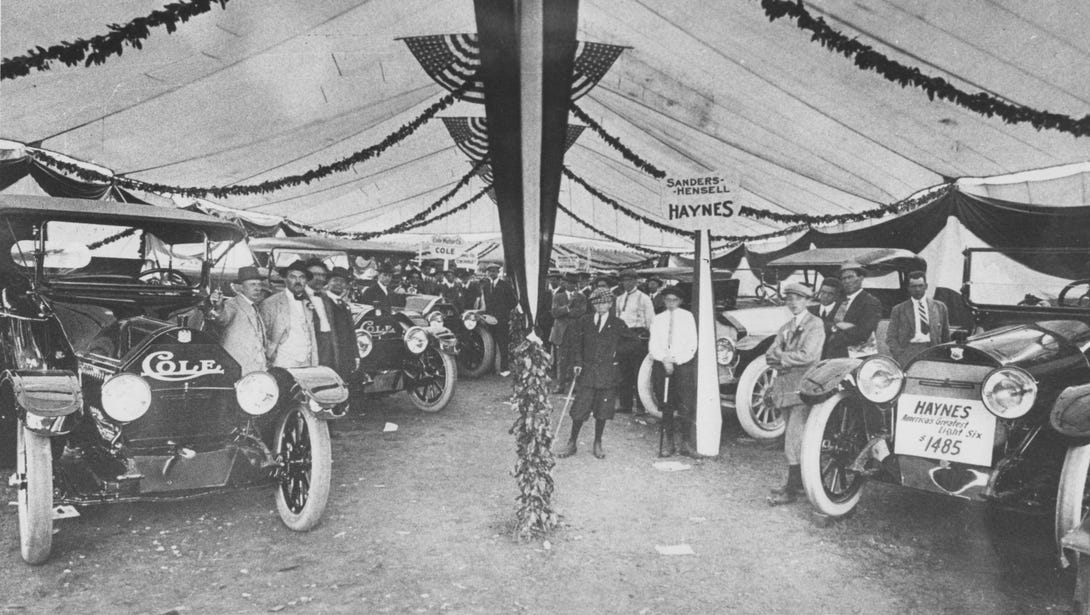
Expositions connected to have a long history in the city. In February 1902, the first automobile show was held in Indianapolis. Sponsored by the Flat Tire Club (renamed the in 1911), it was a combination event featuring both bicycles and horseless carriages.
As Indianapolis became a more dominant player in the during the 1910s and 1920s, car shows became important events for local manufacturers to showcase their latest products. In 1912, the Indianapolis Auto Trade Association (established in 1908) sponsored a new exposition called the Indianapolis Automobile Show. Since 1912, the Indy Auto Show has grown tremendously. A century later, automotive manufacturers from around the world come to Indianapolis annually to display their model automobiles, SUVs, light-duty trucks, luxury vans, and specialty vehicles for tens of thousands of attendees.
In the 1920s, the Indianapolis Chamber of Commerce organized two industrial expositions at the Indiana State Fairgrounds (which relocated to its current site in 1892). In October 1921, the Industrial Indianapolis Expo exhibited products made in Indianapolis. The Broadcast Listener’s Exposition took place in Indianapolis in September 1925 to emphasize the importance of radio.
Of a nonindustrial nature, the premiered at the Indiana State Fairgrounds in April 1922. Originally called the Indianapolis Home Complete Exposition, this show was created to promote homeownership in Indianapolis. As homeownership increased during the postwar period, the Indianapolis Home Show introduced new and innovative products to city residents, such as electric refrigerators, dishwashers, garbage disposals, and central air conditioning. This event continues to serve as an opportunity for visitors to purchase home-related products and services, experience stunning home displays, connect with industry experts, and enjoy informative presentations from renowned local and international home professionals.
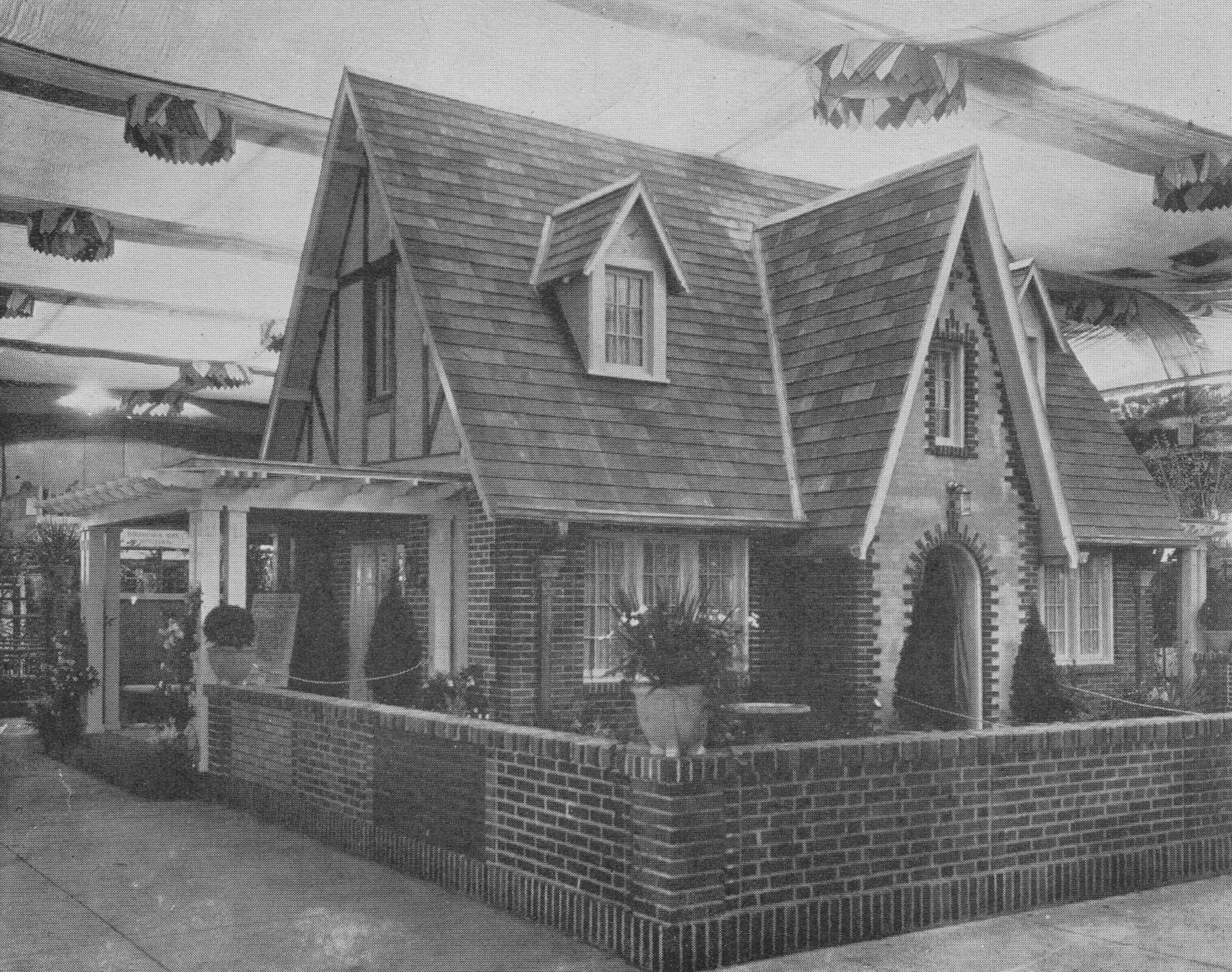
Although Indianapolis hosted these events in the 1920s, the city still lacked exposition space to hold national exhibitions. Indianapolis businessmen understood the need for such space, but an exposition center proposed in 1922 was never built. It was not until 1939 that the construction of the new Coliseum at the Indiana State Fairground on 38th Street offered increased exhibition space. The Coliseum made it possible for the city to attract additional expositions to the city.
Indianapolis has also hosted various horticulture expositions. From October 31 to November 1, 1950, hosted a National Rose Show at its flagship store in downtown Indianapolis. The building’s sixth-floor furniture department was transformed into a display of 50,000 roses from all over the world, which included a special rose reproduction of the soldiers and sailors monument. During the event’s two-day run, more than 80,000 visitors attended this show.
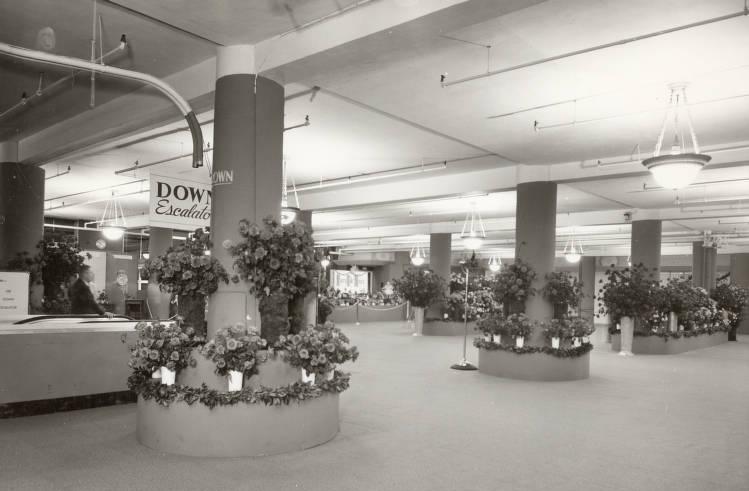
In 1959, Edward Schoenberger and his wife Thelma Schoenberger cofounded the Indiana Flower and Patio Show after their previous success with the Christmas Gift and Hobby Show (established in 1949). Originally sponsored by the , the first expo took place March 4 to 8 inside the Horticulture Building at the Indiana State Fairgrounds. The exposition featured more than 130 lawn and garden vendors. The show not only attracted local landscape firms but also floral arrangements from England, France, Israel, and Japan. While the Schoenbergers retired from producing expos in 1989, the Indiana Flower and Patio Show as well as the Christmas Gift and Hobby Show remain annual events in Indianapolis.
The Indianapolis Boat, Sport and Travel Show, established in 1954, is Indiana’s oldest sports show, offering hunting, camping, fishing, boating, and travel exhibits. The Indy RV Expo began in 1968. Recreational vehicles, camping and resort exhibits, and travel and tourism information remain among its popular features.
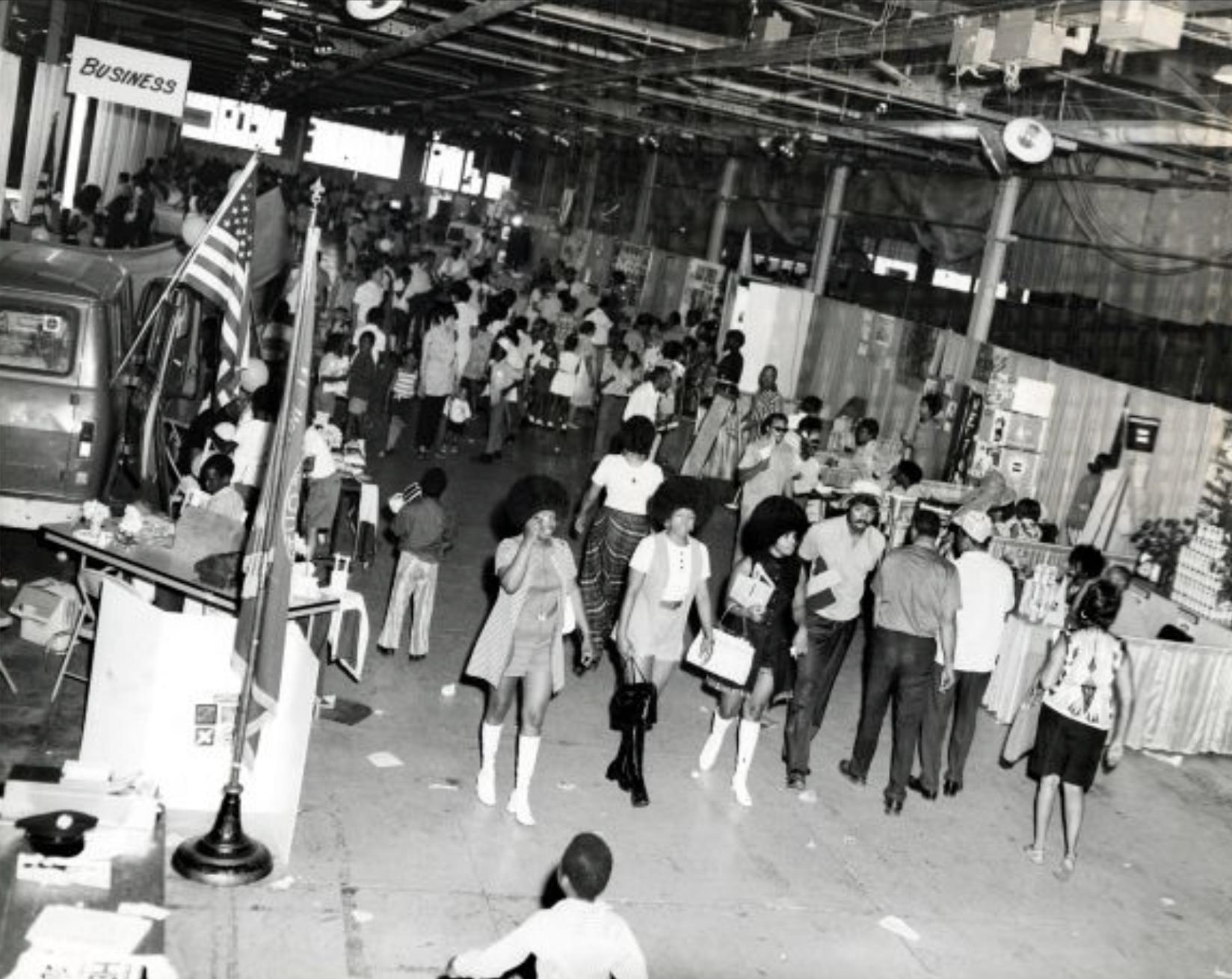
In 1971, held its first exposition with the primary purposes of expanding opportunities for small minority businesses and exposing the general public to the talents and achievements of African Americans. Since this original event, IBE has held subsequent expositions every year. Commonly referred to as “Summer Celebration,” these shows have largely stayed true to the original format but have expanded in terms of attendance, activities, duration, location, and sponsorships. Of special importance is the expo’s focus on economic empowerment, education, employment, health, performing arts, politics, and religion.
In 1972, the (ICC) opened in downtown Indianapolis to increase the city’s capacity to host large meetings and events for the tourism industry. Thousands of gatherings have been held at this facility throughout the years, with several of them occurring annually.
For example, in 1984 IBE launched the , an annual set of activities centered on a Black university football game, which became one of the largest convention events in the city. ICC also has hosted the largest table-top gaming convention since 2003. Around 20,000 people attended Gen Con that first year, bringing $23.4 million to the city. By 2019, attendance had grown to 70,000 with an economic impact of $74.7 million.
In 2006, the began holding its annual conference at ICC. After a three-year period (2013-2015) of this event convening in Louisville, Kentucky, the National FFA Convention and Expo returned to the Indiana Convention Center in 2016. Two years later, the FFA decided to keep the convention in Indianapolis through 2031.
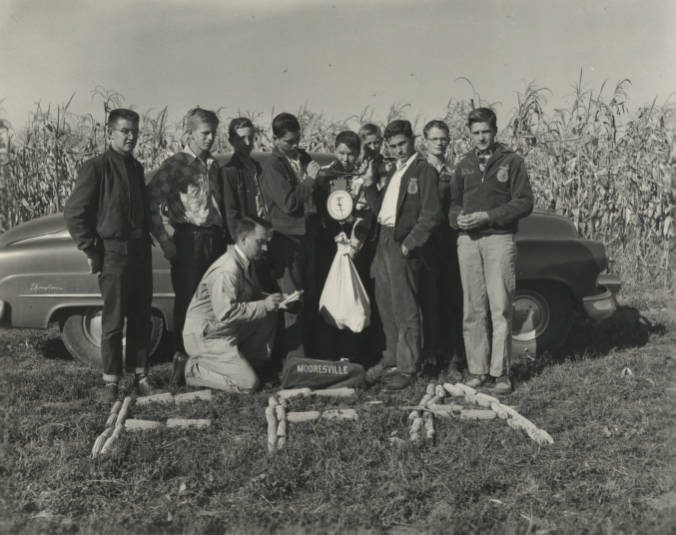
The Performing Racing Industry trade show also annually draws about 67,000 people to the Indiana Convention Center and typically generates about $65 million, and the FDIC (Fire Department Instructors Conference) International (see ) are among other major events that regularly come to Indianapolis and bring millions of dollars to the city.
The Indiana Convention Center and Indiana State Fairgrounds continue to be the two main venues for expositions, conventions, and trade shows held in Indianapolis. The city hosted 35 conventions in 1999. By 2019, it drew 52. Average annual attendance grew from 340,000 from 2000-2009 to 494,000 from 2010-2019, an increase of 26 percent. The reported in August 2020 that major annual expositions and conventions had injected more than $3 billion into the local economy over the past 20 years.
In 2020, the COVID-19 pandemic led to the cancellation of such events. , the city’s tourism bureau reported that the pandemic cost the city a loss of 306 conventions and events, which amounted to nearly $550 million in lost revenue during 2020. However, by the end of 2024, the city was on track to host over 700 events, exceeding pre-pandemic numbers (the city hosted 683 events in 2019) and marking a return to high hotel occupancies and large convention attendance.

Help improve this entry
Contribute information, offer corrections, suggest images.
You can also recommend new entries related to this topic.